 Creepy
Creepy  Creepy
Creepy  Technology
Technology 10 Scientific Breakthroughs of 2025 That’ll Change Everything
 Our World
Our World 10 Ways Icelandic Culture Makes Other Countries Look Boring
 Misconceptions
Misconceptions 10 Common Misconceptions About the Victorian Era
 Mysteries
Mysteries 10 Strange Unexplained Mysteries of 2025
 Miscellaneous
Miscellaneous 10 of History’s Most Bell-Ringing Finishing Moves
 History
History 10 Great Escapes That Ended Right Back in Captivity
 Weird Stuff
Weird Stuff 10 Fascinating Things You Might Not Know About Spiders
 Food
Food 10 Everyday Foods You Didn’t Know Were Invented by the U.S. Military
 History
History 10 Odd Things Colonial Americans Kept at Home
 Creepy
Creepy 10 More Representations of Death from Myth, Legend, and Folktale
 Technology
Technology 10 Scientific Breakthroughs of 2025 That’ll Change Everything
 Our World
Our World 10 Ways Icelandic Culture Makes Other Countries Look Boring
Who's Behind Listverse?

Jamie Frater
Head Editor
Jamie founded Listverse due to an insatiable desire to share fascinating, obscure, and bizarre facts. He has been a guest speaker on numerous national radio and television stations and is a five time published author.
More About Us Misconceptions
Misconceptions 10 Common Misconceptions About the Victorian Era
 Mysteries
Mysteries 10 Strange Unexplained Mysteries of 2025
 Miscellaneous
Miscellaneous 10 of History’s Most Bell-Ringing Finishing Moves
 History
History 10 Great Escapes That Ended Right Back in Captivity
 Weird Stuff
Weird Stuff 10 Fascinating Things You Might Not Know About Spiders
 Food
Food 10 Everyday Foods You Didn’t Know Were Invented by the U.S. Military
 History
History 10 Odd Things Colonial Americans Kept at Home
10 Common Facial Expressions Explained
The alleged universality of facial expressions has been debated since Darwin. Some seem more universal, while the more nuanced emotions can get lost in translation between cultures. Below, I’ll analyze the vocabulary of the most communicative part of our bodies: the face.
10 Confusion
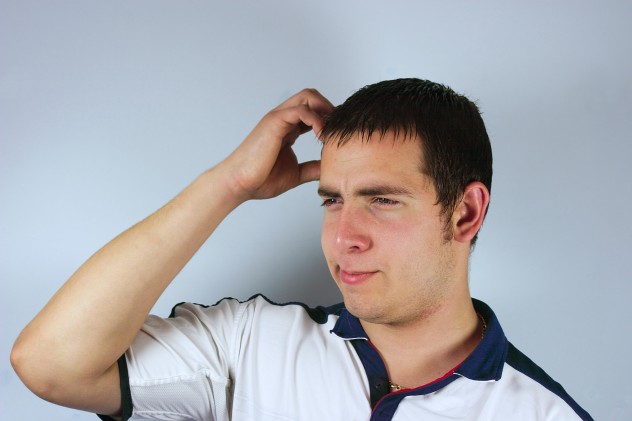
An expression of confusion is often determined by the nose and forehead scrunched up, sometimes with one eyebrow raised higher than the other. Lips are typically pursed together as well, although the expression of confusion tends to be most accentuated around the eyes and nose.
The origins of the confused face can be paralleled with our closest living relatives, chimpanzees. Confusion represents a lack of understanding, and the expression itself is created by one increasing their efforts to understand something. When a chimpanzee, especially a younger one, experiences a new sensations for the first time a look of surprise or confusion appears that is very similar to the human one. We both share the desire to understand the world around us, although on a different level.
As we are dumbfounded by new ideas, experiences, sights, and problems, our face will still share the same wonder as our ancestors and modern-day great ape cousins.
9 Shame

A look of shame is an easily and universally recognized expression. It typically includes eyes averted downward with a saddened or worried appearance. The head is also often positioned to face down with a frowning or neutral mouth. When simplified, shame is closely related to submission. In primates, after the dominant individual has succeeded in forcing the other into submission, the losing side will keep his or her eyes aimed downward to acknowledge loss and end the conflict.
In our complex societies, defeat can be classified as personal or competitive. It may be the defeat (and shame) that follows from losing a game, not meeting expectations that you set for yourself, or failing to meet the standards that others have set for you. These broad terms manifest themselves in endless ways, but all return to the simple feeling of shame that evolved from admitting loss.
8 Surprise
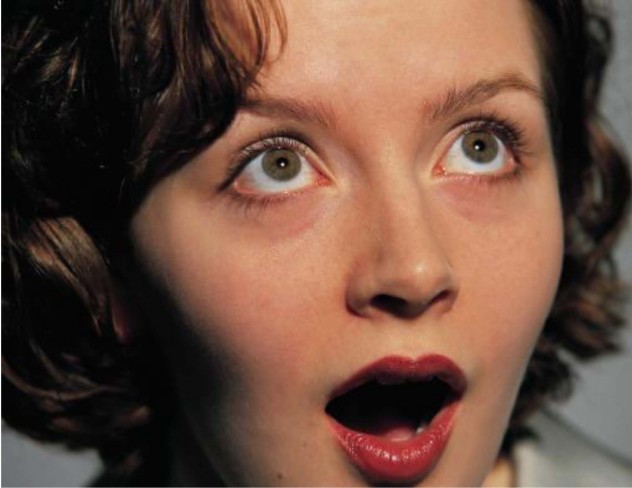
A look of surprise is easily identified by its widened eyes and gaping mouth. The emotion of surprise or shock is a close relative of fear. The surprised face is one of the most instinctual faces we make. Most of the time we do not consciously make the face—it is an instantaneous reaction to something. All primates, and many other animals for that matter, widen their eyes in fear or when they are spooked.
Putting it more generally, when something unexpected occurs, our eyes widen and our pupils grow in order to take in our surroundings more fully and react more quickly.
7 Focus
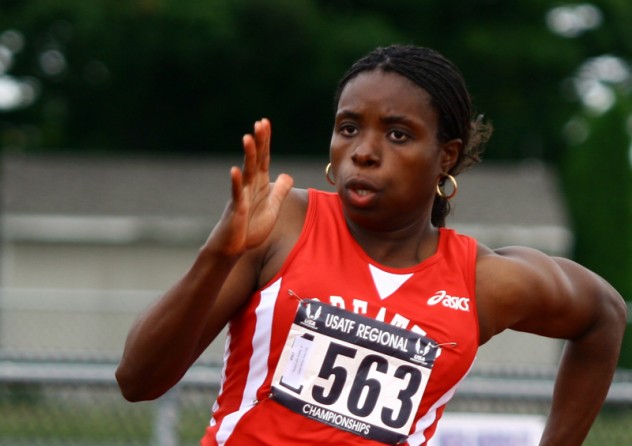
A focused or concentrated facial expression can vary based on the situation. If the person is focused on a particular task, their eyes will be fixed on it. If one is focused on a thought or idea on the other hand, they may be looking upward or with eyes averted to the side. There is also typically less blinking.
Interestingly, when someone is focusing on accomplishing a task either cognitive or physical, their tongue will twist and move from side to side. Most are not conscious that they are doing this. This is known as “motor disinhibition,” a phenomenon in which more of the brain’s energy is devoted to the task and less is focused on keeping other parts of the body stagnant. The phenomenon is not limited to the tongue—for some, the eyes may blink less for the same reason.
6 Exhaustion

An obvious factor indicating that someone is exhausted are half-open eyelids. Eyebrows are also frequently raised in an attempt to stay awake. Fatigue is a weariness caused by a lot of exertion without sufficient rest. In primates, especially the more intelligent great apes, their fatigued expression is just as prominent. When preparing for or engaging in a conflict, apes can size one another up and gauge their chances of winning a fight by examining the demeanor of the opposition and their energy level. A look of fatigue serves as a benefit to the opposing party because they appear to be less threatening. We humans also indicate our level of functionality with our face. By roughly indicating the amount of energy we have, others can also be aware of our capabilities.
5 Seduction

The art of seduction is classified as someone enticing a person to engage in some sort of behavior, typically sexual. A seductive facial expression tends to vary greatly, yet there are still some features that remain relatively constant for everyone: Eyes are fixed with a look of intensity at the other person, occasionally narrowed slightly as if to focus on a particular object. Lips are either pursed together or slightly apart. The head is frequently tilted slightly to one side, exposing the neck more.
This expression more than others is self-explanatory in its origins: One’s eyes are the attention-grabbers in any given situation. Adding a look of intensity is typically attractive to the opposite party. Accentuating the lips and neck highlight areas that most find attractive and sensual. When combined with increased blinking and the occasional faint smile, a seductive appearance and demeanor is achieved.
4 Anger

Anger, more so than other emotions, is thought to be universal across cultures. The look and demeanor is unmistakable: Eyebrows are squeezed together to form a crease, and eyelids are tight and straight. The head is often slightly lowered as the eyes look through a lowered brow.
Anger is associated with unpleasant, irritating, or frustrating situations. It is a very primitive feeling that manifests itself across many species. Our facial expression of anger parallels other primates through the strained, tightened features on the face. The tenseness of the face is usually coupled with similar body language to send a clear indicator of the emotion to surrounding people. As communal beings, we even have the ability to influence others’ moods. It’s an unmistakable feeling when there is an angry person in the room, and everyone feels the strain. The facial expression itself, tense and strained, is made to parallel the strain the person is feeling internally.
3 Fear
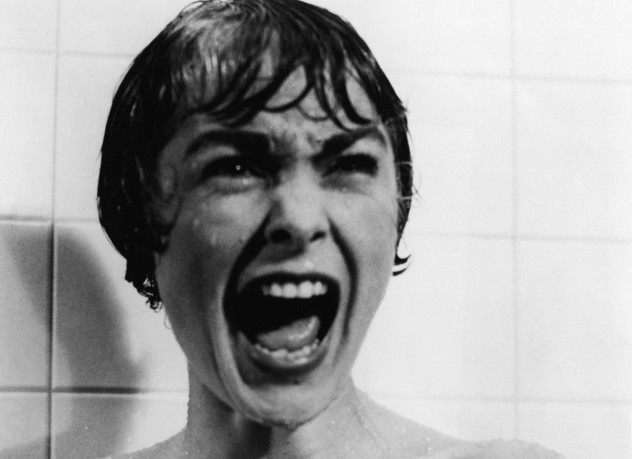
The facial expression of fear is characterized by widened eyes and eyebrows slanted upward. The mouth is usually open to some degree as well. Fear, like surprise, is closely rooted to instinct and indicates a desire to avoid or escape something.
A scientific study was done in 2008 specifically to study the fearful face. Researchers discovered that those who displayed fear breathed in more air and could track targets more quickly because of their widened eyes. Overall, the facial expression increased sensory perception. Outwardly displaying fear is actually quite practical and aids the individual in avoiding a situation by increasing the capacity of the senses.
2 Sadness
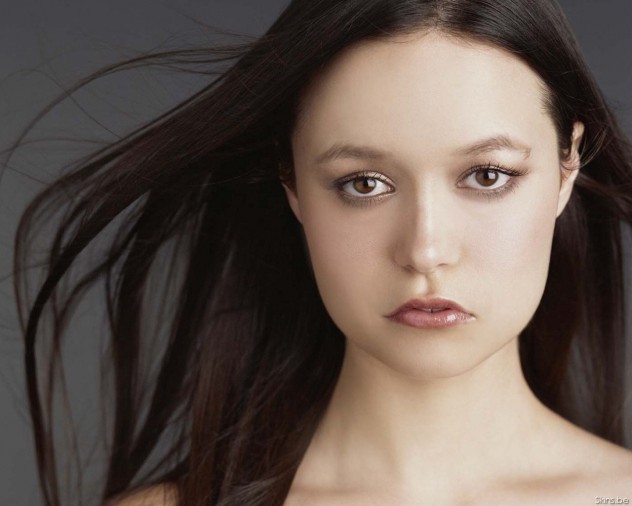
Sad expressions usually display upwardly slanted eyebrows and a frown. Sadness is coupled with feelings of loss and helplessness. The face is often displayed by those who are withdrawn. The origin or reason for this expression is rather simple: The features that indicate sadness are reduced forms of one’s facial features. All aspects droop downward, not necessarily accentuating any specific area. It is an indication of defeat as well, a sense of giving up or a lack of attempt to engage with others.
1 Happiness
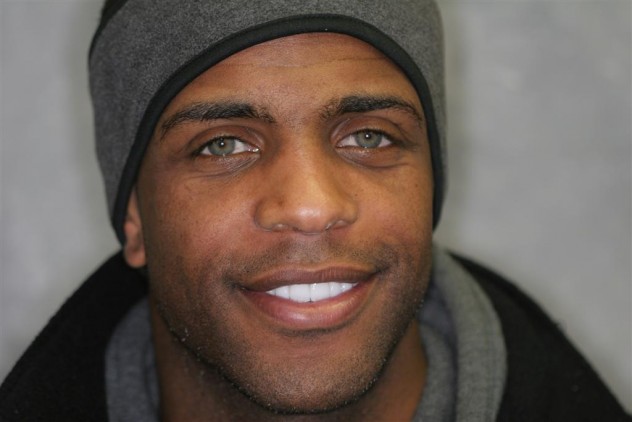
Happiness is considered the most universal facial expression with virtually the same meaning across all cultures. Indicated by a smile and crescent-shaped eye, this face is even innate in infants. Scientists and evolution experts have formulated many specific origins to the expression of happiness with particular regard to the smile. Unlike most of our other expressions, our smile does not have the same meaning as the “mouth smile” of other great apes, who use that expression for intimidation.
Many speculate that our smile stemmed from this in some way, and that by displaying our teeth we are indicating our health. While it may not carry with it an air of intimidation, it still indicates to others that you are well. In our complex social situations, the smile is typically inviting (perhaps because it shows some level of strength or self-sufficiency, either physically or emotionally), and people gain more acceptance when they display it genuinely.
Saving the world one vegan meal at a time.








